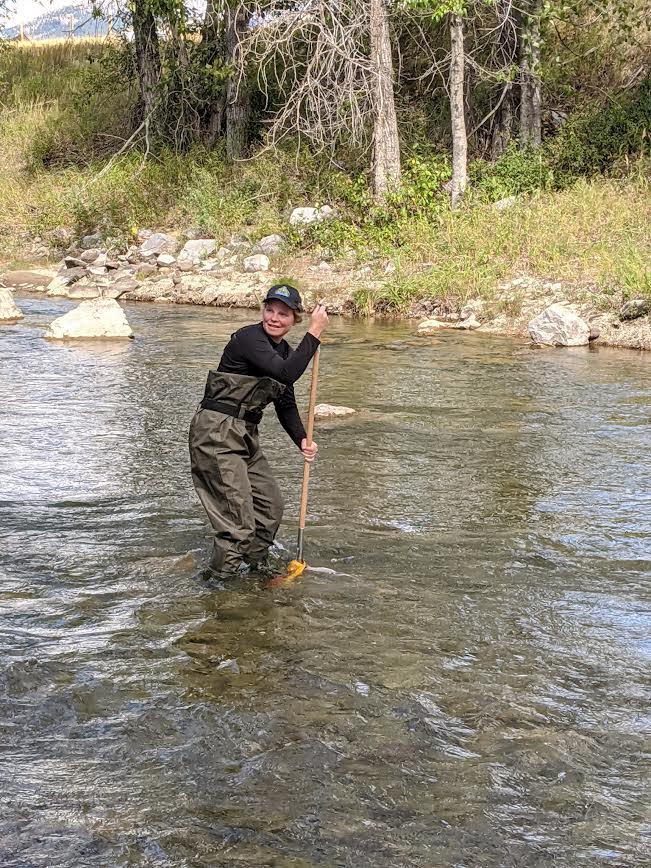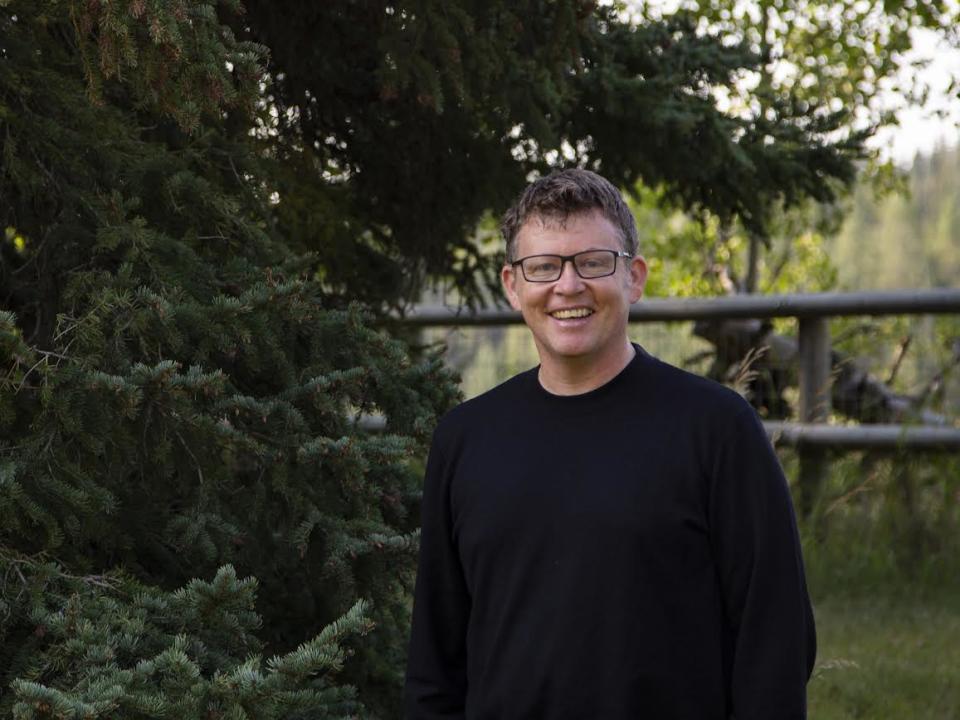Watershed groups express concern over water levels as Alberta looks for solutions

As Alberta grapples with low rivers, dry fields and minimal snowpack, the provincial government is asking for help with its drought modelling for next year.
Concerns about water levels are being echoed by watershed groups in the province, as a sustained period of drier-than-average conditions have taken a toll on reserves.
The Alberta government recently issued a request for proposals to help conduct modelling throughout the winter, and to work with municipalities, farmers, water users and others to find ways to maximize the province's water supply in the South Saskatchewan River Basin.
Alberta is at Stage 4 — out of five stages — of its water shortage management plan. Stage 5 includes an emergency declaration under the Water Act, the province said.
"When it comes to water, we are all in this together. We cannot make it rain or snow, but we are preparing in case the province faces water shortages next year," Rebecca Schulz, minister of environment and protected areas, said in an emailed statement.
LISTEN | As the province looks for help forecasting a drought next year, we get the view on the ground from the Bow and Oldman Rivers:
Water levels in the Oldman River are at a "serious" level, said Shannon Frank, executive director of the Oldman Watershed Council.
And there were 51 water shortage advisories issued at the end of August, she added.
"Basically, what it means is there's low flows in those creeks and rivers, which, of course, impact anyone who's relying on that as their water source. We're seeing a lot of ranchers are reporting their creek has gone dry," said the Lethbridge resident.
"They're forced to find an alternate source, which might mean trucking in water."
Earlier this year, multiple municipalities in Alberta declared agricultural disasters due to a lack of precipitation, which signals to provincial and federal governments that the conditions farmers are seeing in their respective regions have grown dire.
Alberta has been experiencing drought in many parts of the province due to a below average snowpack last winter, which meant less runoff filling rivers, lakes and reservoirs.
And this summer there was below-average precipitation in most areas during the spring and summer.
The province said those factors are contributing to water shortages, especially in southern Alberta.
Frank said she's concerned about what the existing drought conditions combined with the potential for low snowpack this winter due to El Niño could mean in the spring.
El Niño is a natural warming in the Pacific Ocean which can raise the temperature and alter weather patterns across the planet.
"It's getting pretty scary.… We'll likely have low snowpack. And if that happens — we won't know until the end of March, of course, once we get through the winter. But if that happens, there will be much less irrigation. So they'll continue water restrictions for urban areas," Frank said.
Over the summer, a number of municipalities were faced with water restrictions, including Calgary. In August, the city introduced mandatory water restrictions due to record low flows in the Bow and Elbow rivers that supply the city and other downstream communities across the Prairies.
Those restrictions limited how and when Calgarians could use water for yard work and washing.

Mike Murray is the executive director of the Bow River Basin Council. (Bow River Basin Council)
Mike Murray, executive director of the Bow River Basin Council, said it's clear water levels in the Bow River are still low.
He said water quality and quantity are connected.
"When you have less water available, it can have an effect on the water quality. So that's a pretty big concern," said the Calgary resident.
Murray said infrastructure could be created to better manage water. But it will take time.
"It's not something you can employ next year or the year after. It's going to be a lot longer."


